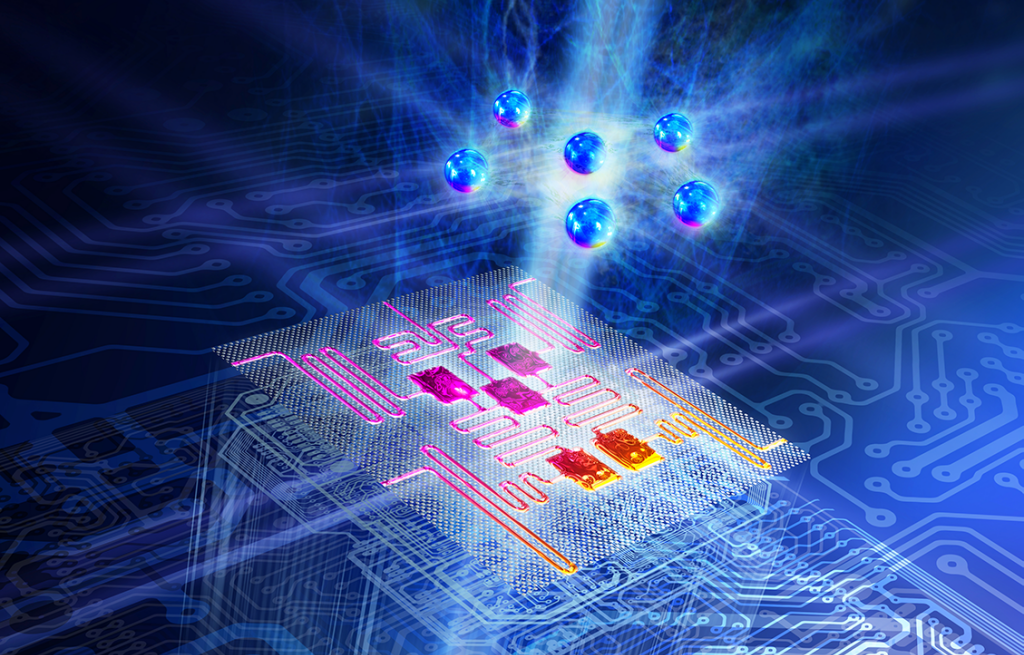|
Getting your Trinity Audio player ready...
|
To unlock the secrets of quantum systems, physicists are (temporarily) augmenting reality. To forecast the properties of a material, one must compute the collective behavior of a molecule’s electrons. Such forecasts might one day assist researchers in developing breakthrough medications or materials with desirable properties like superconductivity. The problem is that electrons might get “quantum mechanically” entangled with one another, making it impossible to treat them separately. Even the most powerful computers find it impossible to directly decipher the entangled network of connections for any system with more than a few particles.
Researchers from the Center for Computational Quantum Physics (CCQ) at the Flatiron Institute in New York City and the École Polytechnique Fédérale de Lausanne (EPFL) in Switzerland have now discovered a solution. They were able to simulate entanglement by including extra “ghost” electrons that interact with the system’s actual electrons in their computations. In the novel method, a neural network artificial intelligence method governs the activity of the extra electrons. The effects of entanglement are recreated without the associated computing challenges by adjusting the network until it finds an accurate solution that can be projected back into the real world.
The National Academy of Sciences journal Proceedings of the National Academy of Sciences just published the scientists’ research. According to primary author of the study and doctoral student at the CCQ and New York University Javier Robledo Moreno, “you may consider the electrons as if they don’t talk to each other, as if they’re noninteracting.” The additional particles we are including mediate interactions between the particles that actually exist in the physical system we are attempting to explain.
In their latest publication, the physicists show that in straightforward quantum systems, their strategy is on par with or superior than that of other approaches. According to research co-author and CCQ director Antoine Georges, “we used this to simple objects as a test bed, but now we are taking this to the next stage and testing this on molecules and other, more actual difficulties.” This is significant because, if you can accurately determine the wave functions of complicated molecules, you can develop materials and medications with precise qualities, among many other things.
The long-term objective, according to Georges, is to make it possible for researchers to computationally forecast a material’s or molecule’s qualities without having to create and test it in a laboratory. With just a few mouse clicks, they could be able to test a variety of different compounds for a desired medicinal attribute, for example. Georges asserts that “simulating large molecules is a significant concern.” The article was co-authored by Robledo Moreno, Georges, physics assistant professor Giuseppe Carleo, and CCQ research fellow James Stokes.
The latest study is a development of a 2017 Science paper by Carleo and Matthias Troyer, a technical fellow at Microsoft at the moment. In that publication, fictional particles were also coupled with neural networks, although they weren’t whole electrons. Instead, they just possessed the spin attribute. According to Carleo, “When I was [at the CCQ] in New York, I was preoccupied with the concept of developing a neural network that would be able to characterize how electrons behave, and I really wanted to find a generalization of the approach we announced back in 2017.” “With this new work, we have finally discovered a graceful approach to have hidden particles that are electrons and not spins.”


